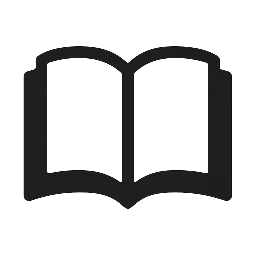In recent years, various modern approaches to healing have emerged, each with its own unique philosophy and practices. Some of these approaches focus on providing temporary relief, while others aim for long-term transformation.
- Energy Medicine: This approach focuses on the manipulation of subtle energies in the body to restore balance and promote healing. Techniques like Reiki, Qigong, and sound therapy can provide temporary relief from pain and stress.
- Functional Medicine: This approach emphasizes the interconnectedness of physical, emotional, and environmental factors that impact overall health. Functional medicine practitioners often use techniques like nutritional optimization, hormone balancing, and mind-body therapies to provide temporary relief from symptoms.
- Mindfulness-Based Therapies: Mindfulness-based stress reduction (MBSR) and mindfulness-based cognitive therapy (MBCT) are evidence-based approaches that focus on cultivating present-moment awareness to reduce stress and anxiety. These therapies can provide long-term benefits, including reduced chronic pain and improved mental health.
- Hypnotherapy: Hypnosis is a state of focused attention and heightened suggestibility that can be used to reprogram the mind and promote healing. Hypnotherapists often use techniques like progressive relaxation, visualization, and affirmations to provide temporary relief from anxiety, insomnia, and chronic pain.
- Acupuncture with Traditional Chinese Medicine (TCM): Acupuncture is an ancient practice that involves inserting fine needles into specific points on the body to restore balance and promote healing. While some people may experience temporary relief from pain, others may need ongoing treatments to maintain overall health.
- Eye Movement Desensitization and Reprocessing (EMDR): EMDR is a therapy approach that focuses on processing traumatic memories and reducing symptoms of post-traumatic stress disorder (PTSD). EMDR can provide long-term benefits, including reduced anxiety and improved emotional regulation.
- Breathwork and Somatic Experiencing: Breathwork and somatic experiencing are practices that focus on releasing physical tension and promoting relaxation. These approaches can provide temporary relief from anxiety, depression, and chronic pain, while also supporting long-term transformation.
Temporary Relief vs. Permanent Relief
While some modern approaches to healing can provide temporary relief from symptoms, others may offer more profound and lasting benefits.
Temporary relief is often characterized by:
- Quick fixes or quick results
- Focus on managing symptoms rather than addressing underlying causes
- Often rely on medication or other pharmaceutical interventions
Permanent relief, on the other hand, is typically associated with:
- Long-term transformation and growth
- Addressing underlying causes of dis-ease
- Incorporating lifestyle changes and self-care practices
Incorporating multiple approaches into your healing journey can be beneficial. For example, combining mindfulness-based therapies with functional medicine or energy medicine techniques may provide both temporary relief from symptoms and long-term benefits.
Conclusion
Modern approaches to healing offer a range of options for addressing physical, emotional, and spiritual well-being. While some methods may provide temporary relief, others aim for more profound transformation and lasting benefits. By understanding the differences between these approaches, you can make informed choices about which therapies align with your goals and values.


Leave a Reply